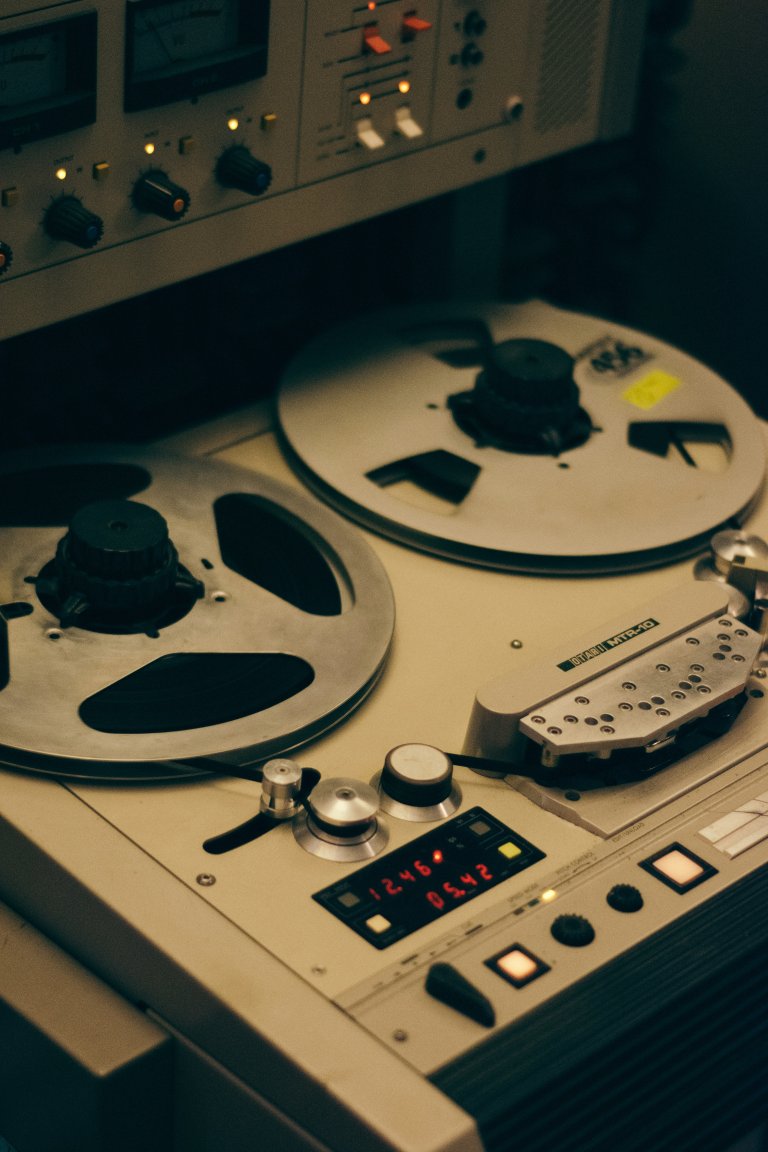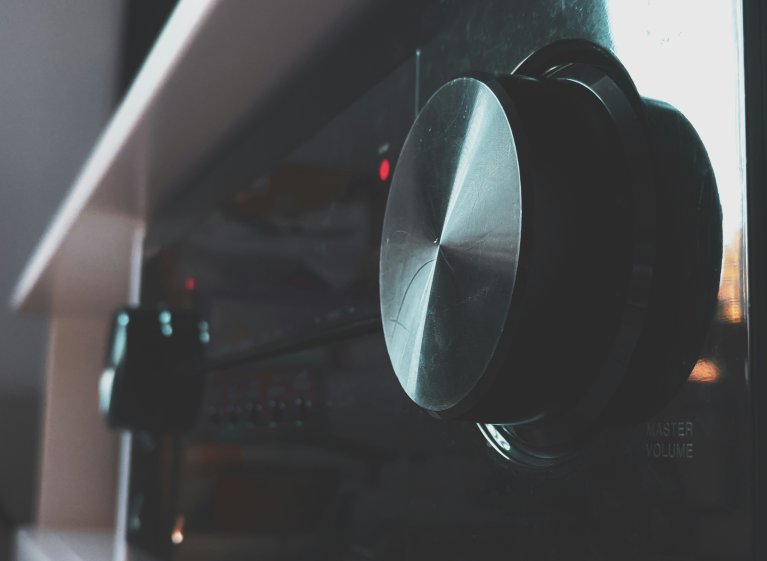Pick Fitting Speakers
When it comes to setting up a sound system, the speakers play a crucial role in delivering high-quality sound. Choosing the right speakers can make all the difference in your listening experience. With the wide array of options available in the market, it can be overwhelming to pick the best fitting speakers for your needs. In this article, we will guide you on how to choose the perfect speakers for your space and preferences.
Understanding Speaker Specifications
The first step to picking fitting speakers is to understand the different specifications that come with each speaker. These specifications will give you an idea of the type of sound that they produce, and whether it will be suitable for your needs.
Frequency response is one of the most important specifications to consider. It refers to the range of frequencies that the speaker can produce, usually measured in Hertz (Hz). The wider the frequency response, the better the speaker can handle low and high notes. It is important to choose speakers with a wide frequency range to ensure that all types of music are accurately reproduced.
Another key specification is the sensitivity rating, measured in decibels (dB). This refers to how loud the speaker can get when given a certain amount of power. Speakers with higher sensitivity ratings require less power to produce the same volume, making them more efficient. For home use, a sensitivity rating of 85dB or higher is recommended.
Impedance is another important specification to understand. It measures the resistance the speaker has to the electrical current coming from the amplifier. A lower impedance means the speaker will require more power to produce the same volume, while a higher impedance means it will require less power. It is essential to match the impedance of your speakers with the amplifier to ensure optimal performance.
Type of Speakers
There are several types of speakers available, each with its own advantages and disadvantages. The type of speakers you choose will depend on your budget, listening preferences, and space constraints.
Floor-standing speakers are the most popular type and come in a wide range of sizes and prices. They are designed to produce full-range sound and are ideal for larger rooms. They require adequate space, and their large size may not be suitable for smaller rooms.
Bookshelf speakers are smaller in size, making them a great option for those with limited space. They are typically used for mid to high-range frequencies and are often paired with a subwoofer for better bass response. They are not as powerful as floor-standing speakers but can produce excellent sound quality for their size and price.
In-wall and in-ceiling speakers are a more discreet option as they can be installed flush with your walls or ceiling. They are suitable for background music or surround sound in a home theater. However, their installation requires cutting into your walls or ceiling, making it a more permanent option.
Wireless speakers have become increasingly popular due to their convenience and portability. They connect to your devices via Bluetooth or Wi-Fi, allowing you to stream music from your phone or laptop. They are ideal for small rooms or outdoor use, but their sound quality may not be as good as wired speakers.
Consider the Room Size
The size of your room also plays a crucial role in choosing the right speakers. The larger the room, the more power and larger drivers you will need to fill the space with sound. You also need to consider the layout of your room to determine the placement of your speakers for optimal listening experience.
For larger rooms, floor-standing or bookshelf speakers paired with a subwoofer would be the ideal option. In-wall and in-ceiling speakers can also work well but may require multiple units to fill the space. Wireless speakers can be a convenient option for small to medium-sized rooms, but they may not be powerful enough for larger spaces.
Listen Before You Buy
The best way to choose fitting speakers is to listen to them before making a purchase. Visiting a showroom or attending a live demo can give you a better understanding of the sound quality of a particular brand or model. It is also important to bring your own music or test tracks to get a feel for how the speakers handle different types of music.
If visiting a showroom is not an option, reading reviews and researching online can also give you an idea of the sound quality of a particular speaker. However, keep in mind that everyone has different preferences, and what may sound great to one person may not sound the same to another.
Budget Considerations
Finally, your budget plays a significant role in determining the fitting speakers for your needs. It is important to set a budget before starting your search and stick to it to avoid overspending. Keep in mind that higher-priced speakers will not necessarily have better sound quality, so it’s essential to do your research and listen before making a purchase.
Another option to consider is purchasing second-hand speakers. This can be a great way to get quality speakers at a more affordable price. However, it is important to thoroughly test the speakers and ensure they are in good working condition before making a purchase.
In conclusion
Choosing fitting speakers for your space and preferences may seem like a daunting task, but with the right knowledge and research, it can be a relatively easy process. Understanding speaker specifications, considering your room size, and listening before you buy are all important factors to keep in mind. So whether you are setting up a home theater, looking for background music for your home, or simply upgrading your sound system, use these tips to find the perfect speakers for your needs.




